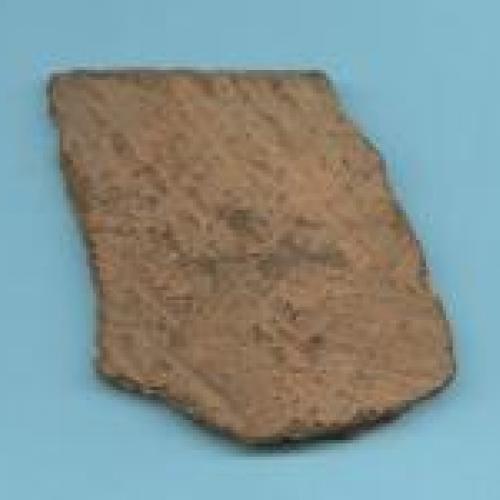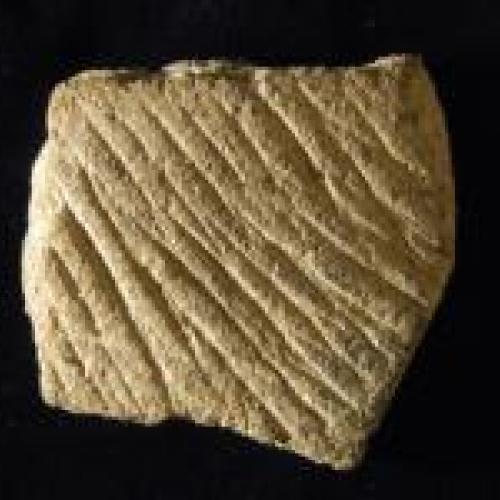This type was simple stamped pottery first found in Putnam County at the Vining site by Arthur Kelly, and named Vining Simple Stamped by him. Then, in the Macon area, the Mossy Oak site was excavated, revealing Lamar materials on top of this Vining material. The type was renamed Mossy Oak based upon the new excavations. In the late 1930s excavations took place at the Deptford site (9Ch2) near Savannah, and much simple stamped pottery was found there. It was correctly concluded that this was Early to Middle Woodland simple stamping. Researchers jumped to the false conclusion that Mossy Oak in the central Georgia area was also an Early to Middle Woodland type. This misconception persisted until the 1980s, but we now know that this type is indeed a Late Woodland type, and that it is not the same as the simple stamping of Deptford. Because of the confusion of the name Mossy Oak, the name Vining Simple Stamped is now preferred.




